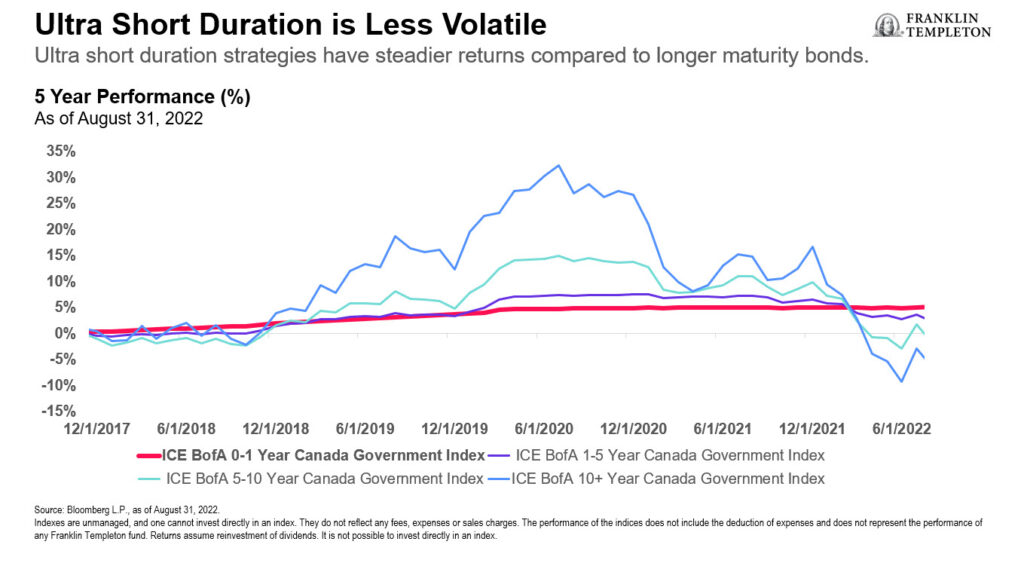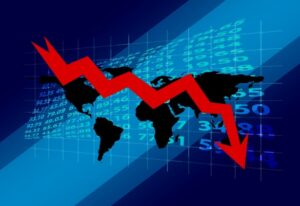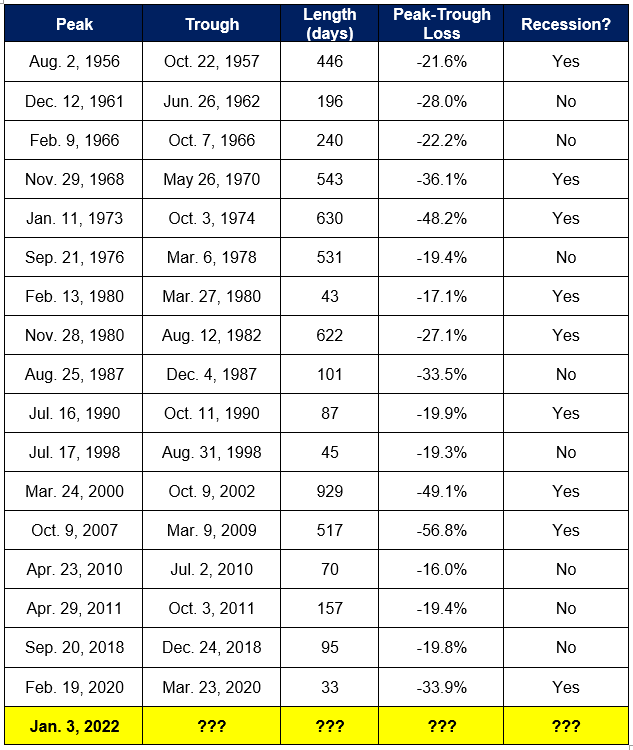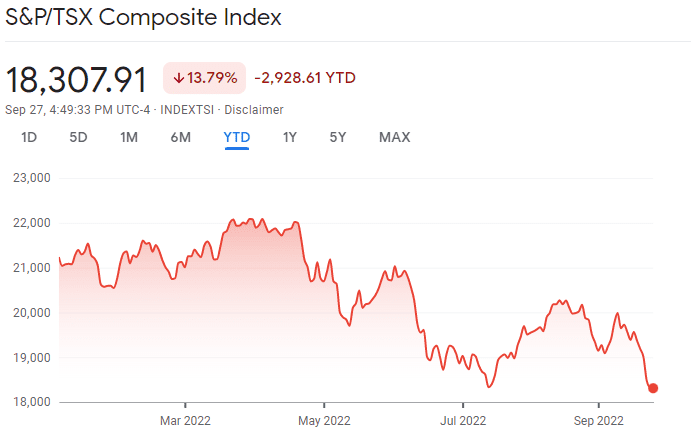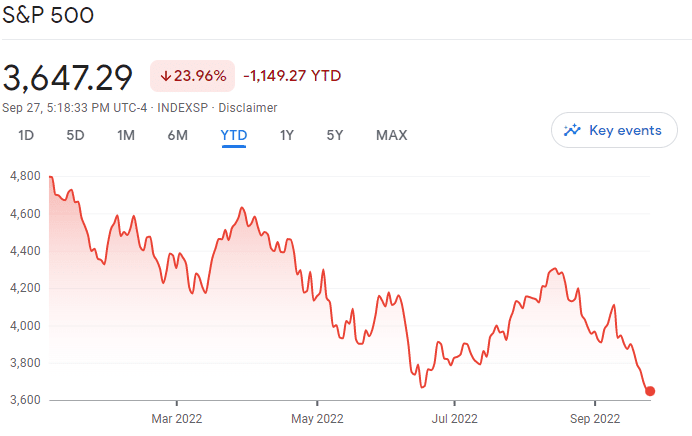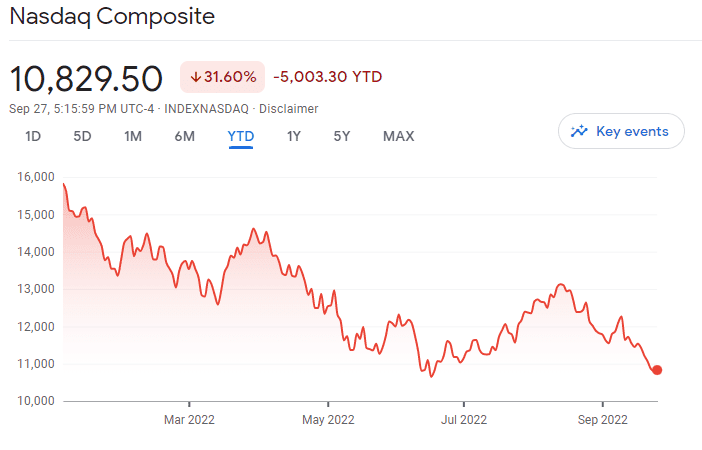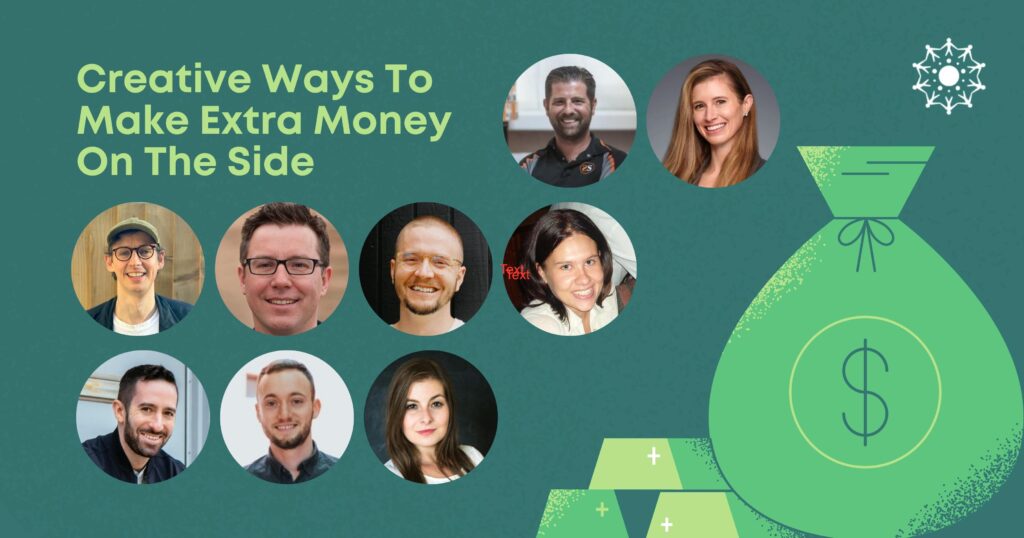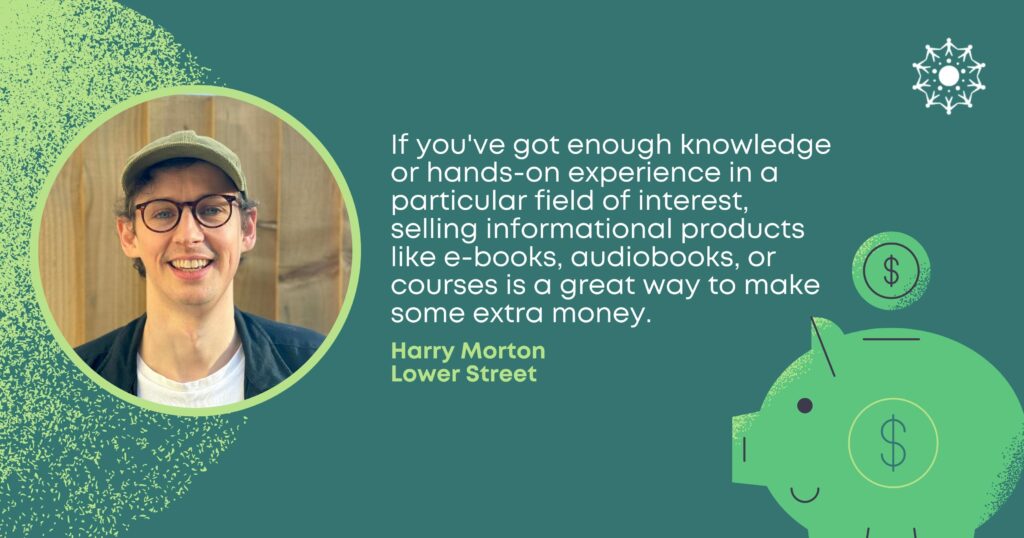
By Brian Calder,
Franklin Bissett Investment Management
(Sponsor Content)
Nowhere to run to, nowhere to hide: that could be the description of the 2022 investor year. It has been a difficult 2022, and many investors are looking to enhance their cash positions while preserving capital, given market volatility and rising interest rates. In this environment of high inflation, higher rates, and slow economic growth, an ultra-short duration bond strategy could be timely.
The major equity and bond markets have been hit hard this year by geopolitical shocks, fallout from the COVID-19 pandemic, and sluggish growth. Rapid and aggressive moves by major central banks to increase interest rates resulted in a flat or inverted bond yield curve and contributed to elevated market volatility. An inverted yield curve means that interest rates on short-term bonds are higher than those of long-term bonds. For instance, on October 6, 2022, the yield on the three-month Government of Canada bond was around 3.68%, while the yield on the 10-year Government of Canada bond was 3.34%.
An inverted yield curve is often seen as a pessimistic market signal about the prospects for the wider economy in the near term. Bond markets have priced in even more interest rate hikes from central banks like the Bank of Canada and the U.S. Federal Reserve.
So, rather than thinking about being ‘ahead of the curve,’ it may be time for investors to be at the front of the curve.
These challenging market conditions are ideal for an ultra-short-duration bond strategy. Duration is a number that’s used to measure how sensitive a bond’s price is to changes in interest rates: how much the price is likely to change as rates change. The longer the duration, the greater the sensitivity to shifts in interest rates for a bond. Understanding the use of duration can help an investor determine the position of bonds in a portfolio.
Time for short-term thinking
At the front end of the federal government bond yield curve, opportunities are available for investors because the curve remains flat in the middle and at the back end. A yield comparison of the Canadian market as of August 31, 2022, showed that an ultra-short duration strategy outperformed three-month Treasury bills and was competitive with one-year to three-year government bonds. Because short-term yields are less sensitive to rate hikes, they can be more protected and stable, plus they are not as exposed to potential drawdowns like those seen in strategies with longer-term exposures.
Also, an ultra-short duration strategy can be less volatile than longer bonds (see chart).

